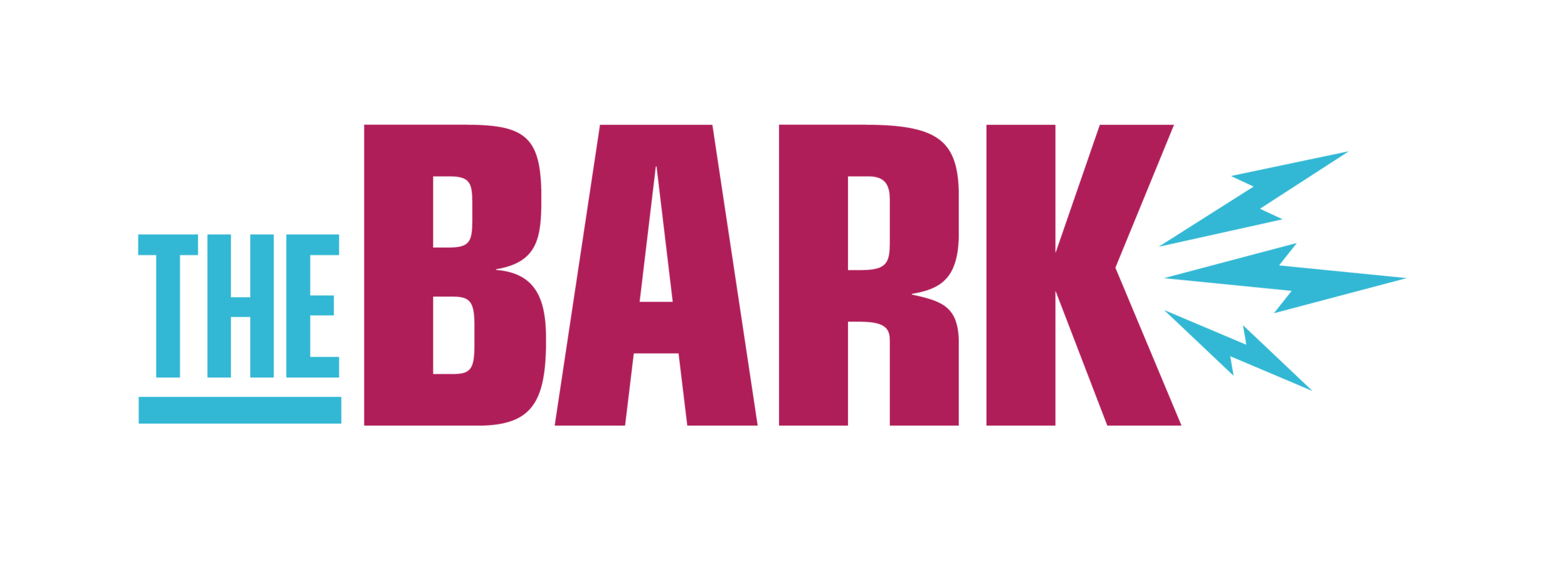I Am Beautiful
From the beginning of American history, there has been a certain standard of beauty being idolized that deems one worthy of happiness; one’s whiteness. One has to be white, thin, blonde, have small features and have blue eyes in order to be considered beautiful. If one doesn’t fall into any of these categories their reputation could be at stake. Today, we as citizens of society still haven’t grasped the concept of co-existing.
Photo by. Alyvia Taylor
This blissful utopia is constructed by citizens respecting each other's differences and learning how to culturally educate themselves for the well-being of others. It seems almost simple to allow oneself to look through a cultural lens.
It is known, America has a history of reflecting a white person as a perfect exemplar of ideal beauty. From the Harvard Business Review, journalist Mitta Malik says, “Nivea, Heineken, and Dove have faced criticism for propagating the assumption that being of a lighter skin tone is superior. As marketers scramble to have brands connect and serve black and brown communities, they first have to acknowledge that colorism not only still exists, but is systemic” (Malik).
This trend of colorism severs communities rather than uniting them. These exclusionary standards lead people of color to hate their identities and feed more into white superiority. It is evident that exclusive beauty standards have a negative impact on not only people of color but society as a whole.
One may be different from the ideal beauty standard, but that doesn’t make you ugly. Black is beautiful, zits are attractive, scars and bruises are pretty. You are nothing short of perfect.

